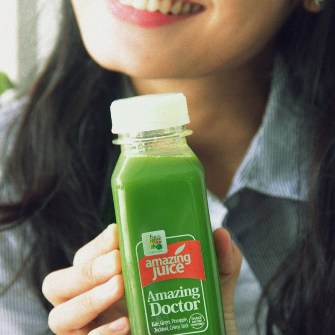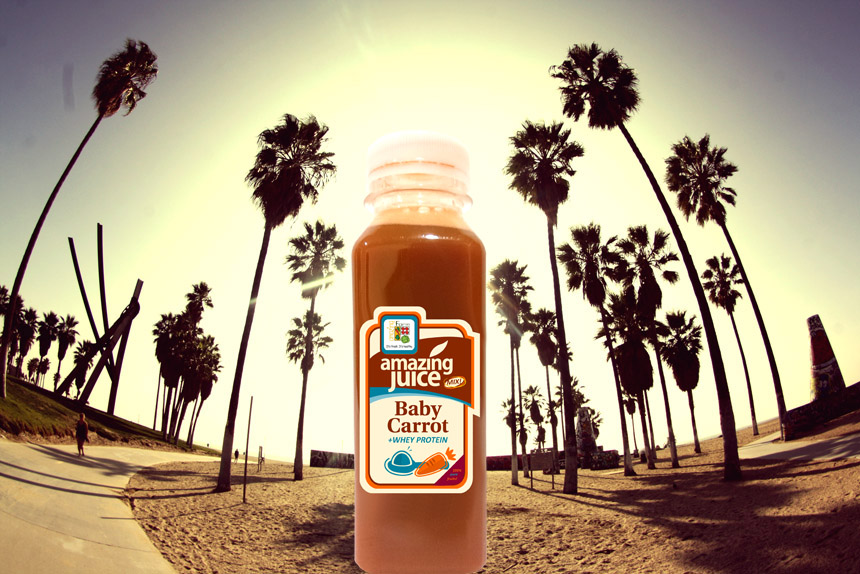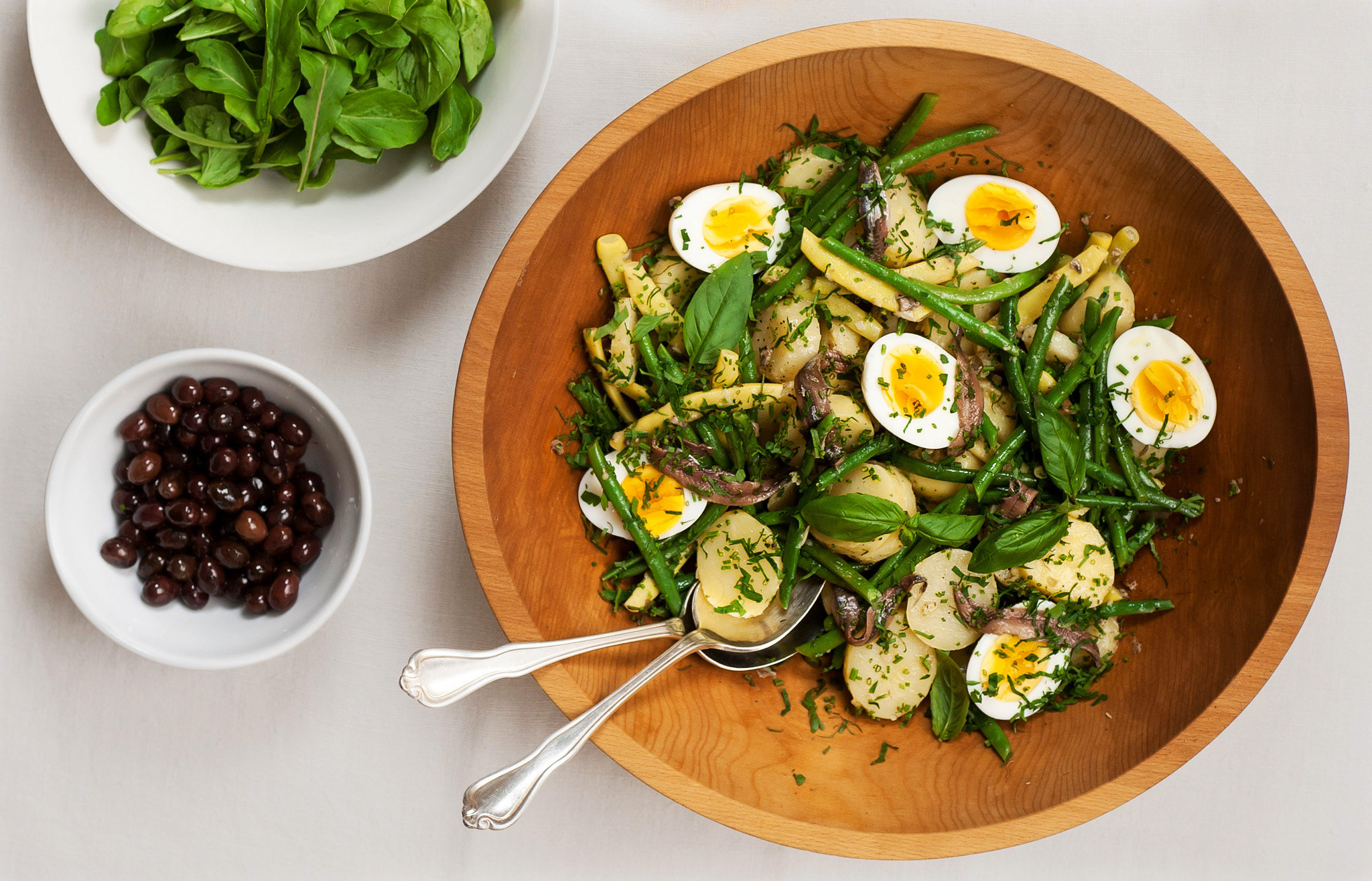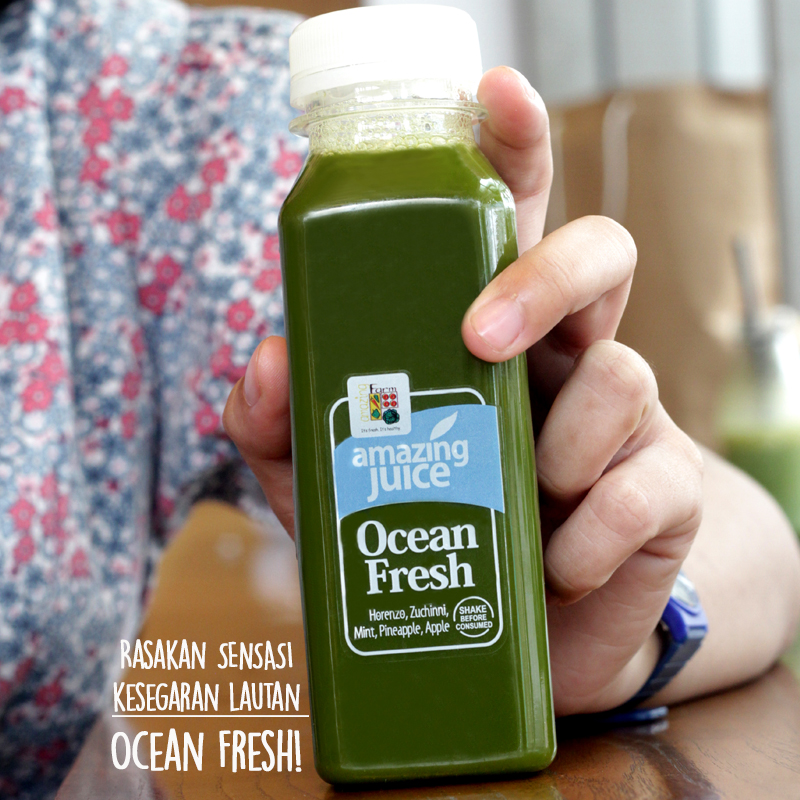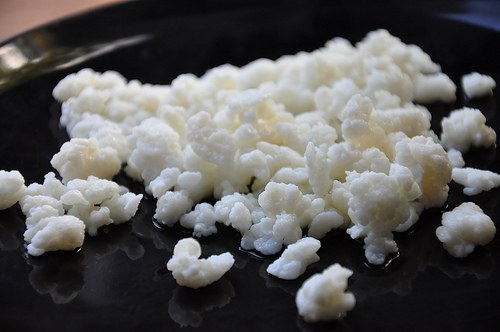
Kefir grains via http://www.naturehaditfirst.com/
There are several stages of making kefir which are materials and equipment preparation, fermentation, harvesting, aging, and storing.
Preparation of materials and equipment
The main material used to make kefir is fresh milk from cow, goat, or horse. The types of milk that can be used are fresh milk (raw), pasteurized milk, full cream milk, low-fat, and skim milk.
Generally, kefir is made using cow milk as it is easy to come by. Some literature mentions that the use of goat milk will produce with high organoleptic values and health benefits. It also mentions that Mongol communities, who were living nomadically and highly dependent on the horse and yak, used to make kefir (called koumiss) using horse milk or milk yak. It was depicted that in the morning before hunting time, shirtless young Mongolians drank koumiss to give them energy to hunt all day without eating and getting tired.

Kefir gives strength to Mongolian hunters to hunt without fatigue via http://www.beforethey.com/tribe/kazakh
If raw milk is used, it is advisable to pasteurize the milk first before further processing to kill pathogens. After the raw milk is pasteurized, then the milk is cooled until it reaches room temperature of 20-25 celcius. Or, you can just use pasteurized milk sold in supermarkets for practicality reason.
Sterilized milk, such as UHT (ultra high temperature) milk can also be used. However, it is perceived such milk does not have the same nutritional value as raw or pasteurized milk.
The most important ingredient required in the manufacturing process is the kefir grains, which is biomass of bacteria and yeast that live symbiotically to form a matrix structure of polysaccharides known as kefiran.
There are many kinds of kefir grains. Some are shaped like a cauliflower while others are similar to corn, flake, or even rice grain.
Until now there is no scientific explanation about the mechanism of formation of bio-matrix in kefir grains. Kefiran, which is a polysaccharide gel (PS) found in kefir grains is a gel that can be dissolved and is unique. Various studies mentioned that the dry weight of kefir grains contains approximately 45% kefiran.
PS kefiran gel is formed from two monosaccharide compounds, namely D-glucose and D-galactose (in the same comparison). Kefiran structure is heksa or hepta chain of the saccharide units forming the molecular structure of seat models, which are composed of pentasaccharides in which one or two sugar residues linked at random.
Kefiran is the result of the synthesis of homo-fermentative bacteria Lactobacillus, such as Lactobacillus kefiranofaciens subsp, and Lactobacillus kefiri. The encapsulated Lactobacillus group (veiled) in the central part of kefir grains, and supported by anaerobic conditions.
Some literature reveals that kefiran is able to shrink down the cancer cells in mice. It is a unique substance which has a very creamy texture. Sometimes kefiran has a slimy texture like mucus and most importantly kefiran can only be generated by a seed kefir on making kefir traditional.
Some experiments noted that the higher the ratio of fresh milk will increase the number of kefiran.
Kefiran synthesis and its release from kefir grains is very dependant on factors such as changes in season (summer to winter), culture conditions, the ratio of kefiran to milk, the length of fermentation, and changes in the type of milk used.

 Indonesia
Indonesia



